Tackling Challenges, Embracing Change, and Strategic Planning

As I gear up for an upcoming management meeting, I must approach it with a clear strategy and an open mind. This meeting isn’t just another item on our calendar; it’s an opportunity to address current challenges, initiate meaningful change, and lay the groundwork for our long-term goals. Here’s how we can make the most of it. Here we go, strategic management meeting preparation.
Setting the Stage: Clear Goals and Expectations
First and foremost, clarity is key. This might seem basic, but it sets the tone for an organized and efficient session. More importantly, communicate the goals and expected outcomes. What do we hope to achieve? What are the key topics we need to cover? We can keep the meeting focused and productive by setting these expectations upfront.
Addressing Current Challenges: Workflow Processes and Efficiencies
One of the primary topics on our agenda is improving our workflow processes. Effective workflow management can feel like untangling a ball of yarn, but with a structured approach, we can reduce redundancy and confusion. Here are some best practices:
- Create Clear Documentation: Document every workflow step, including task owners, dependencies, and deadlines. This transparency helps everyone understand their roles and responsibilities.
- Audit and Adjust: Review and update your workflows regularly to ensure they remain relevant and efficient. This might involve quarterly audits, during which we discuss needed updates and optimizations.
- Leverage Technology: Use workflow management tools to document processes and keep stakeholders informed. Automation can also significantly streamline tasks and reduce manual effort.
De-Siloizing (is this a word?) Departments: Building Bridges for Better Collaboration
Silos within organizations can lead to inefficiencies and misaligned goals. To break down these barriers, we need to foster a culture of collaboration and open communication. Here are some steps to consider:
- Add Windows and Doors: Encourage departments to share their expertise and invite others to meetings. This can be done through regular cross-departmental check-ins and collaborative training sessions.
- Build Bridge: Create opportunities for cross-functional teams to collaborate on projects. This not only improves communication but also builds trust and understanding across departments.
- Foster Social Interaction: Organize team-building events and informal gatherings to strengthen relationships and promote community.
Initiating Change: Embracing and Managing Transformation
Change is inevitable, but managing it effectively can make all the difference. Here are some strategies to help us navigate through change:
- Understand the Process of Change: Change management involves preparation, implementation, and follow-through. Each stage requires careful planning and communication to ensure a smooth transition.
- Communicate Clearly and Often: Keep everyone informed about the reasons for the change, the expected impact, and the steps involved. Regular updates and open channels for feedback are crucial.
- Involve Employees Early: Engage team members in planning to gain their buy-in and address their concerns. This can be done through workshops, focus groups, and one-on-one conversations.
Long-Range Planning: Setting the Course for the Future

Finally, our meeting should also focus on long-term strategic planning. This involves setting clear objectives, identifying potential roadblocks, and outlining actionable steps to achieve our goals. Here are some tips:
- Create a Unified Vision: Ensure all departments align with the company’s long-term goals. This unified vision helps break down silos and fosters a collaborative culture.
- Prioritize Communication Channels: Use the most effective channels to communicate with stakeholders and keep everyone informed about progress and changes.
- Plan for Short-Term Wins: Identify and celebrate early successes to maintain momentum and demonstrate the benefits of the change.
Summary
Preparing for a strategic management meeting that addresses current challenges, initiates change, and focuses on long-range planning requires a strategic and inclusive approach. By setting clear goals, fostering collaboration, and communicating effectively, we can turn this meeting into a powerful tool for driving our organization forward. Let’s embrace this opportunity to connect, innovate, and inspire each other towards a brighter future.
Subscribe today not to miss a thing.
My blog posts of the week emailed to you in a nice little (email) package.


